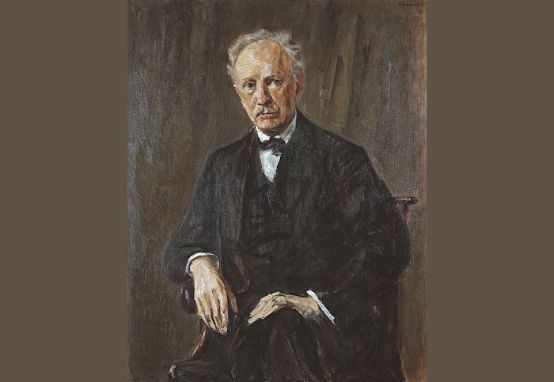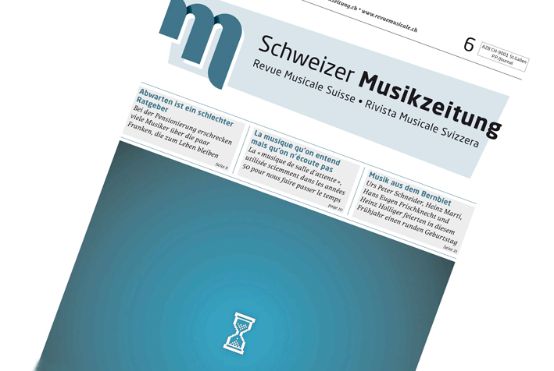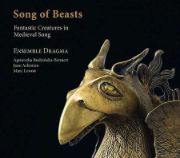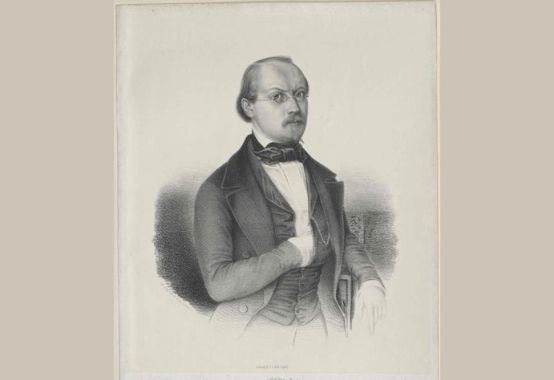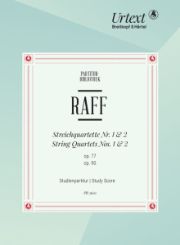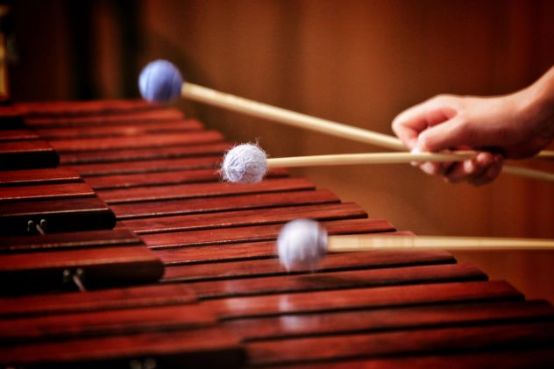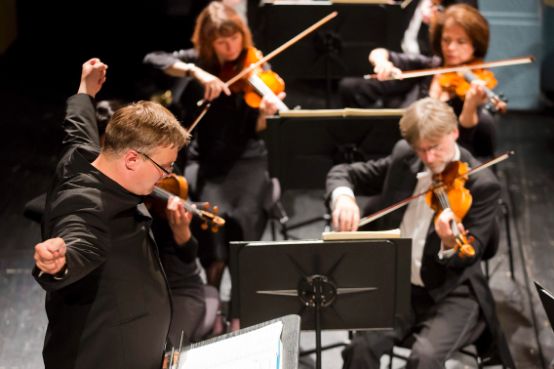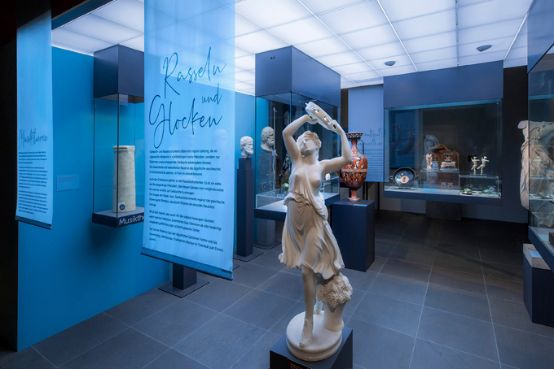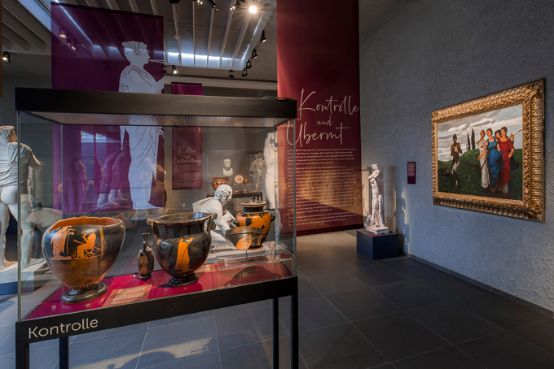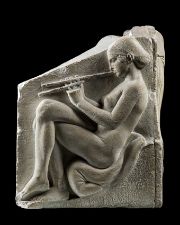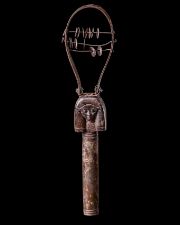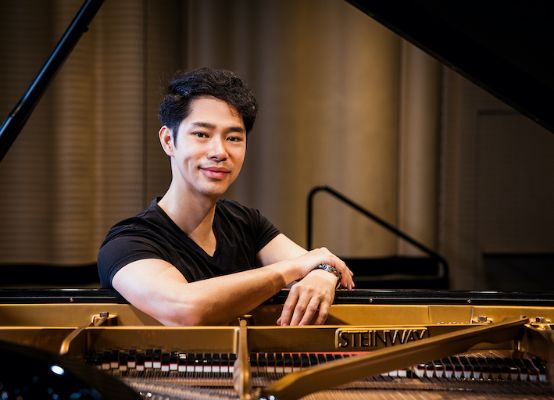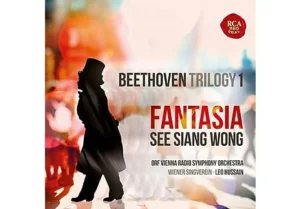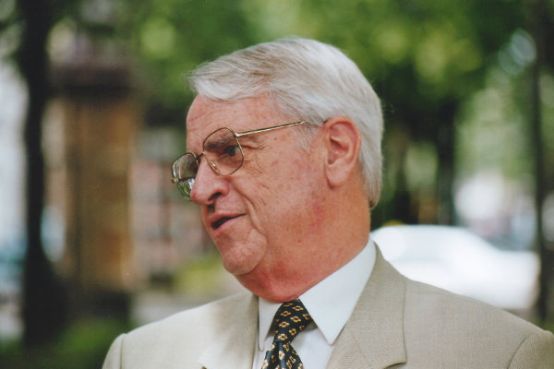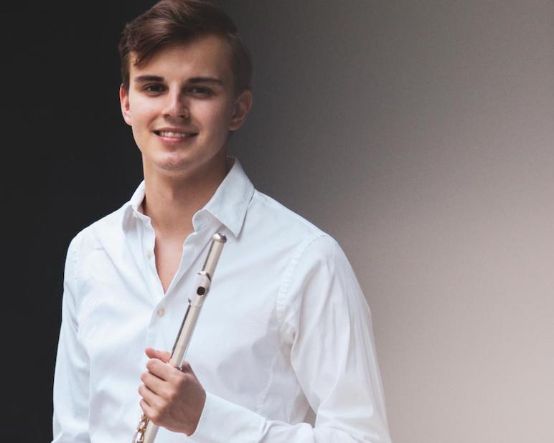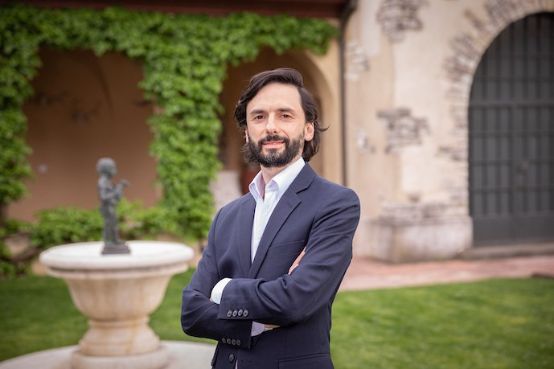Impressive inventiveness
Camillo Schumann's organ sonatas are committed to the 19th century tradition. They bear witness to sparkling inspiration and solid craftsmanship.
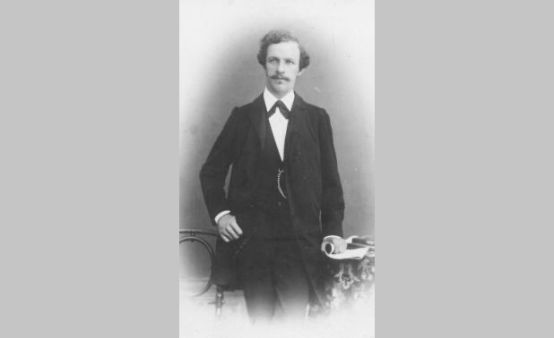
With the Urtext publication of the six organ sonatas by Camillo Schumann (1872-1946) in one volume, Breitkopf is making a welcome contribution to the expansion of the German Romantic organ repertoire. The composer, who trained in Dresden, Leipzig and Berlin (no relation to his "illustrious" namesake Robert), worked as an organist in Eisenach and Bad Gottleuba and left behind an extensive compositional oeuvre, including clarinet, cello and horn sonatas.
With the sonatas for organ, composed in Eisenach between 1899 and 1910 and previously only available in reprints or individual editions (Butz, Möseler), Schumann joins a line of tradition that quite obviously goes back to the sonata works of Mendelssohn and Rheinberger. The four-movement works (with one exception), each lasting between 20 and 25 minutes, still breathe the spirit of the 19th century. Sweeping sonata movements, elaborate fugues, intimate cantilenas, the occasional use of well-known (chorale) themes such as Praise the Lord in the fugal final movement of the 4th or B-A-C-B in the finale of the 2nd sonata - a familiar vocabulary that shows that although the composer remains true to the aesthetics of his generation of teachers and does not really seem to be affected by the music-historical developments of his time, he nevertheless impresses with his inventiveness. Only rarely does Schumann lose himself in "commonplaces", which testify more to solid craftsmanship than to flourishing inspiration.
Technically, the sonatas are in the range of those by Rheinberger and reveal the experienced practitioner even in the more demanding movements, whereby individual movements are certainly easier, can be adapted to modern instruments and will therefore certainly find a place outside the concert hall. Conclusion: A pleasing edition, also beautifully designed in terms of the music, which should find a place on the bookshelf of lovers of Romantic organ music.
Camillo Schumann: Complete Organ Sonatas, edited by Antje Wissemann, EB 8979, € 44.90, Breitkopf & Härtel, Wiesbaden






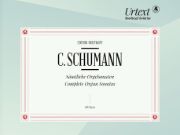
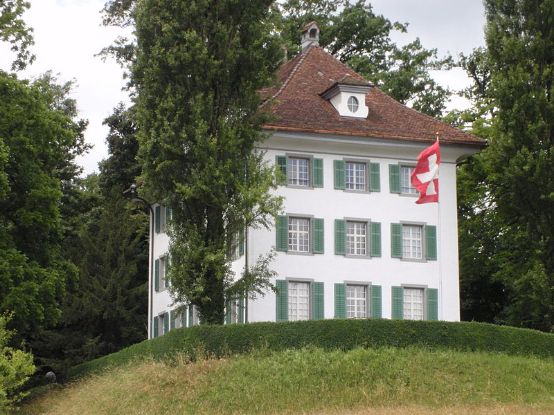
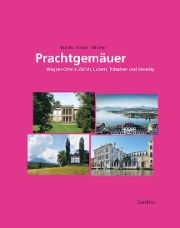
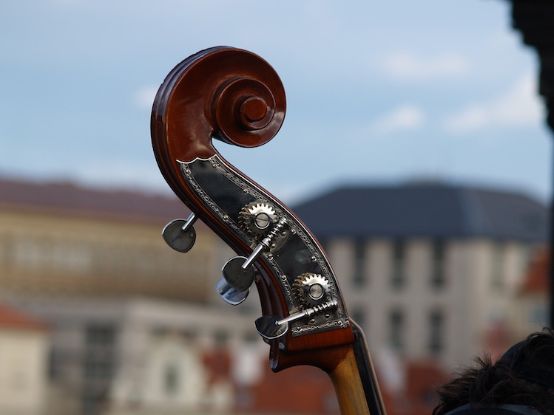
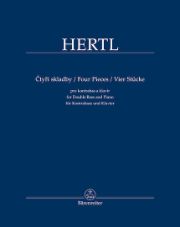
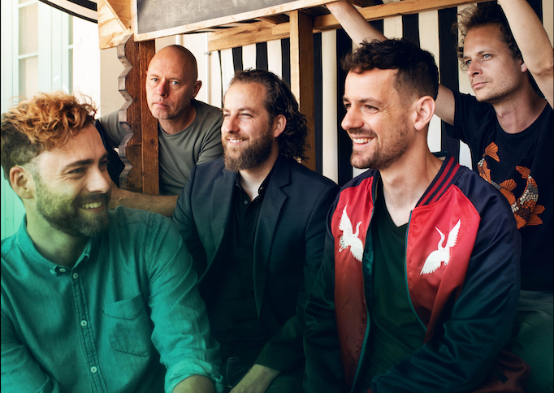
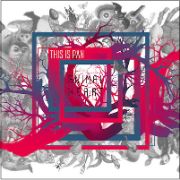 This Is Pan: Animal Heart. Matthias Kohler, saxophone; Lukas Thoeni, trumpet; Dave Gisler, guitar; André Pousaz, bass; Gregor Hilbe, drums and electronics; Sissel Vera Pettersen, vocals (track 11). Anuk Label ANUK 0044
This Is Pan: Animal Heart. Matthias Kohler, saxophone; Lukas Thoeni, trumpet; Dave Gisler, guitar; André Pousaz, bass; Gregor Hilbe, drums and electronics; Sissel Vera Pettersen, vocals (track 11). Anuk Label ANUK 0044